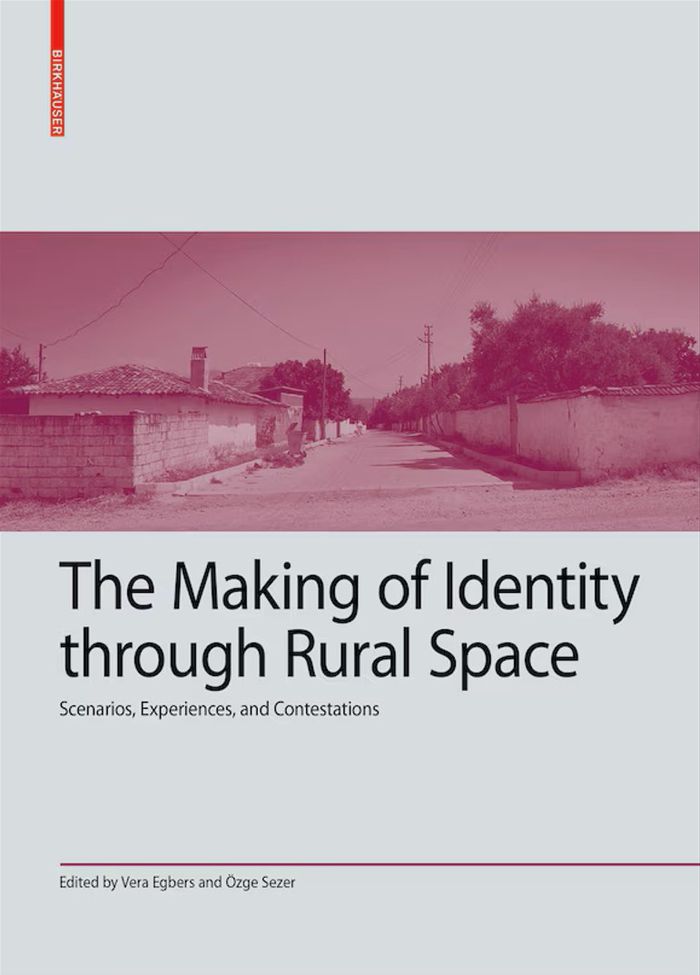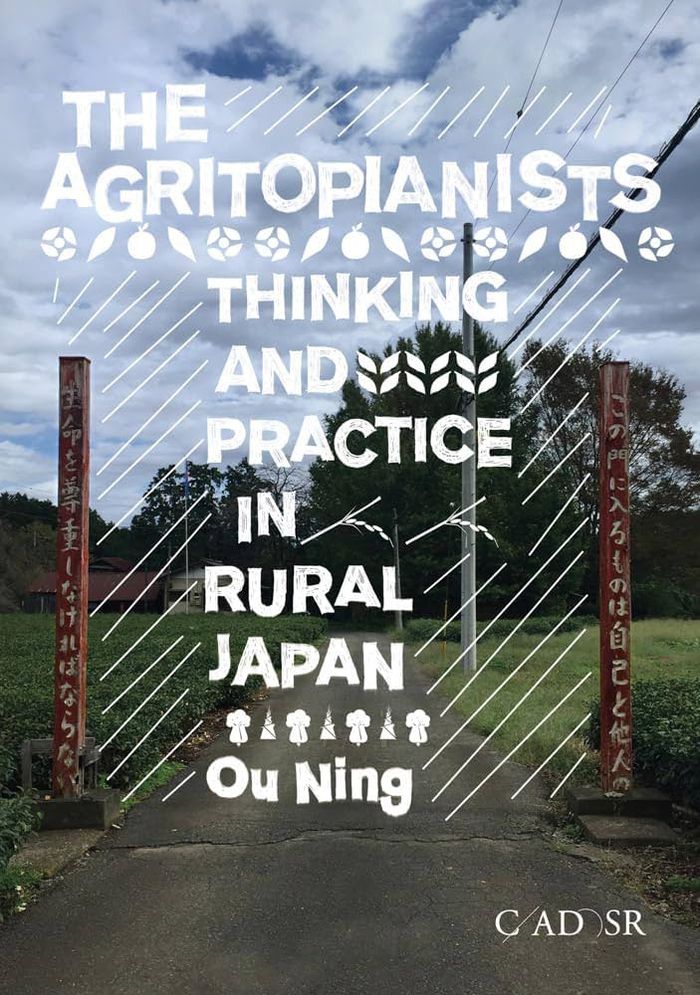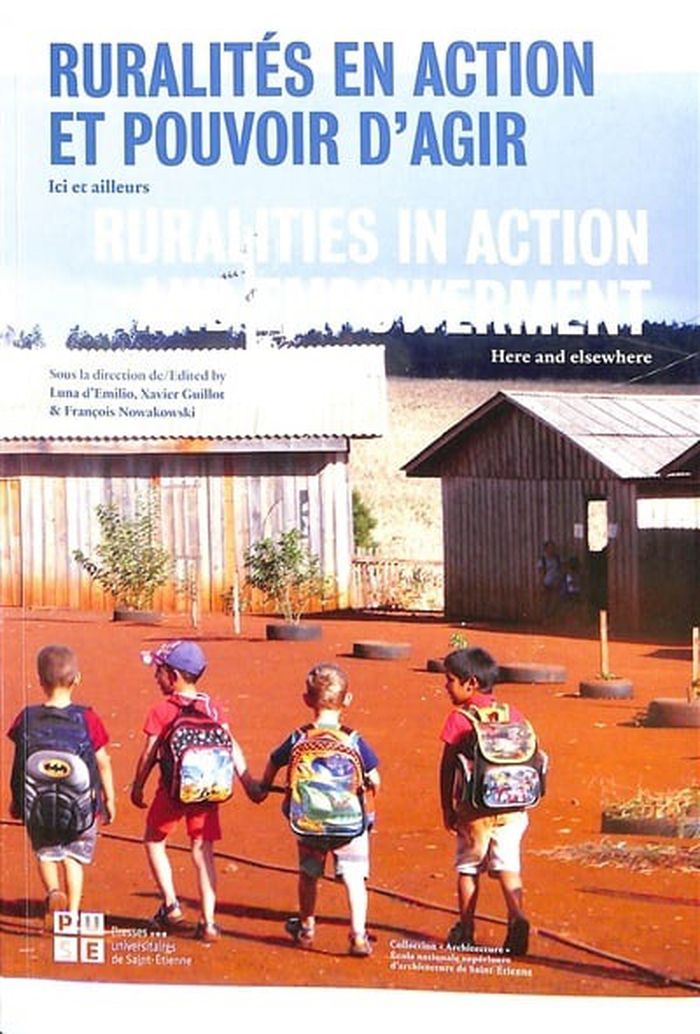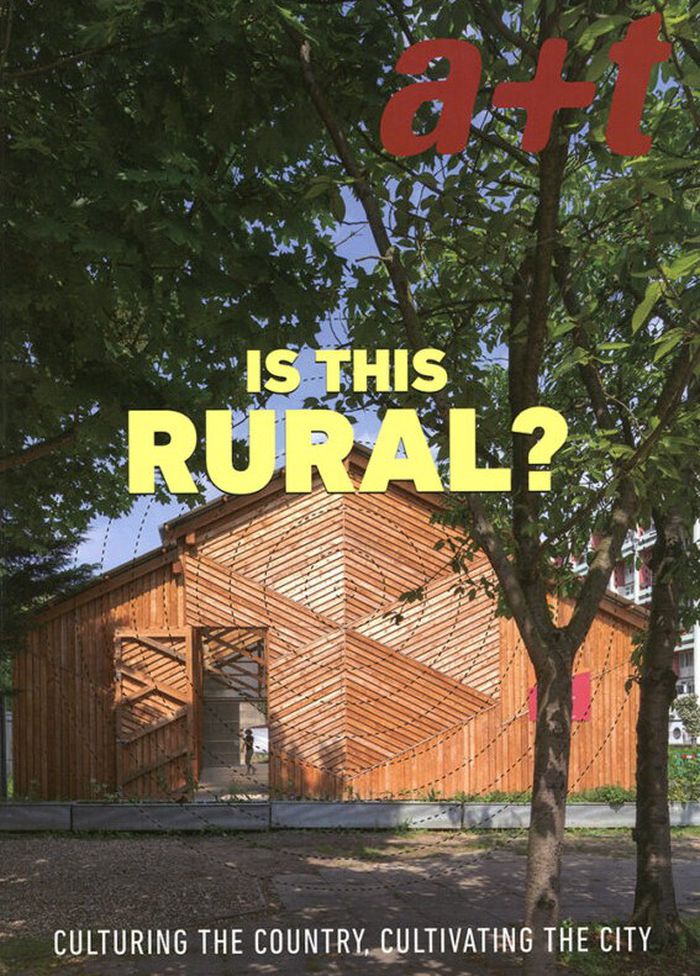$86.00
(available in store)
Summary:
Though sometimes overlooked and underestimated, rural space has played a substantial role in social, cultural, economic, and ideological change. This role can be studied by looking at the re/production of spatial agents that were caused by direct or indirect political interventions in rural communities. In this book, scholars looking at case studies from Greece, Turkey,(...)
The making of identity through rural space: Scenarios, experiences and contestations
Actions:
Price:
$86.00
(available in store)
Summary:
Though sometimes overlooked and underestimated, rural space has played a substantial role in social, cultural, economic, and ideological change. This role can be studied by looking at the re/production of spatial agents that were caused by direct or indirect political interventions in rural communities. In this book, scholars looking at case studies from Greece, Turkey, Italy, Portugal, and Austria discuss the making of identity in and through rural areas, which have dramatically changed under different political, social, and economic conditions from the turn of the 20th century up until today. By focusing on potential contestations of such changes, the authors provide a better in-depth understanding of spatial dynamics related to cultural and social spheres of 20th-century rurality.
Rurality
$65.00
(available to order)
Summary:
As a part of his research series on the historical practices of communitarian utopias in different countries, Ou Ning's new book, ''The Agritopianists'', focuses on the labor experiments of intellectual groups in 20th-century Japan’s rural areas. From the collective Atarashiki-mura (New Village) Movement initiated by Mushakoji Saneatsu, through many other individual(...)
The agritopianists: Thinking and Practice in Rural Japan
Actions:
Price:
$65.00
(available to order)
Summary:
As a part of his research series on the historical practices of communitarian utopias in different countries, Ou Ning's new book, ''The Agritopianists'', focuses on the labor experiments of intellectual groups in 20th-century Japan’s rural areas. From the collective Atarashiki-mura (New Village) Movement initiated by Mushakoji Saneatsu, through many other individual semiagricultural life practices of Japanese writers and artists, the book traces the emergence of a shared agricultural fundamentalism that informed and evolved into the active political interventions of later years. Ou Ning combines original field investigation with a close reading of the historical archives to construct a narrative spanning period and geographies that is always attentive to specific detail. ''The Agritopianists'' takes the reader to the historical scene and asks them to consider its relevance to today’s urgent questions of ways of living and planetary thinking. Among the many histories of utopian thought and experiments, this is a unique rethinking of environmental possibilities through geographical and cultural differences.
Rurality
$13.95
(available to order)
Summary:
Être rural, c’est tendance? À la fois politique, économique, social, écologique et démocratique, le sujet des ruralités fait un véritable retour en force. Il est au cœur de quelques-unes des questions les plus débattues du moment, de l’exode urbain au culte de la nature en passant par le réchauffement climatique, la souveraineté, l’isolement ou encore les déserts(...)
Toi des villes et moi des champs : Les ruralités au XXIe siècle
Actions:
Price:
$13.95
(available to order)
Summary:
Être rural, c’est tendance? À la fois politique, économique, social, écologique et démocratique, le sujet des ruralités fait un véritable retour en force. Il est au cœur de quelques-unes des questions les plus débattues du moment, de l’exode urbain au culte de la nature en passant par le réchauffement climatique, la souveraineté, l’isolement ou encore les déserts médicaux. Aussi, alors que de nombreuses initiatives émergent pour les penser et les vivre dans le futur, cet ouvrage met à l’honneur les ruralités en mobilisant quelques-uns de leurs acteurs les plus engagés.
Rurality
$46.95
(available to order)
Summary:
Tour d'horizon des formes d'actions citoyennes dans l'espace rural, en France, au Brésil, au Japon et ailleurs. Les nouveaux modes de décision ainsi que les formes de pouvoir d'agir expérimentées dans ces initiatives locales sont analysés au prisme du concept d'intelligence situante, relatif aux relations et à l'éthique qui les animent, qu'il s'agisse de résistance,(...)
Rurality
November 2022
Ruralités en action et pouvoir d'agir / Ruralities in action and empowerment
Actions:
Price:
$46.95
(available to order)
Summary:
Tour d'horizon des formes d'actions citoyennes dans l'espace rural, en France, au Brésil, au Japon et ailleurs. Les nouveaux modes de décision ainsi que les formes de pouvoir d'agir expérimentées dans ces initiatives locales sont analysés au prisme du concept d'intelligence situante, relatif aux relations et à l'éthique qui les animent, qu'il s'agisse de résistance, d'expertise ou de coopération.
Rurality
$39.00
(available in store)
Summary:
Le renouvellement de la ruralité québécoise est un défi majeur : comment réinventer des espaces à la fois vivants et durables, tout en équilibrant tradition et modernité ? Ce livre explore les tensions entre l'exploitation des ressources naturelles et la préservation des milieux de vie, en exposant les impacts du modèle extractiviste qui a dominé les campagnes(...)
Vers une nouvelle ruralité: L'expérience des Ateliers des savoirs partagés
Actions:
Price:
$39.00
(available in store)
Summary:
Le renouvellement de la ruralité québécoise est un défi majeur : comment réinventer des espaces à la fois vivants et durables, tout en équilibrant tradition et modernité ? Ce livre explore les tensions entre l'exploitation des ressources naturelles et la préservation des milieux de vie, en exposant les impacts du modèle extractiviste qui a dominé les campagnes québécoises. Sommes-nous à un tournant ? Alors que les régions rurales se transforment, de plus en plus d'initiatives émergent pour proposer des alternatives solidaires et respectueuses des écosystèmes. Comment ces nouvelles approches peuvent-elles redonner aux communautés locales le pouvoir d'agir ? Les Ateliers des savoirs partagés (ASP) sont l'un de ces lieux où chercheuses, chercheurs, communauté, actrices et acteurs locaux se rencontrent pour imaginer des solutions innovantes et inclusives.
Rurality
a+ t 54 : is this rural?
$46.95
(available in store)
Summary:
With No. 54, the 'Is This Rural?' series continues with a second installment that reflects on the binary city-country vision, as opposing scenarios, and on the intermediate space spontaneously having arisen between both. It is also an inventory, a synchronously-displayed timeline of the events that have taken place in these three territories over the last 250 years.(...)
Rurality
July 2021
a+ t 54 : is this rural?
Actions:
Price:
$46.95
(available in store)
Summary:
With No. 54, the 'Is This Rural?' series continues with a second installment that reflects on the binary city-country vision, as opposing scenarios, and on the intermediate space spontaneously having arisen between both. It is also an inventory, a synchronously-displayed timeline of the events that have taken place in these three territories over the last 250 years. Meanwhile, the Culturing the Country, Cultivating the City section is a selection of projects that overthrows the prejudices related to urban and rural tasks. Works featured in this issue are by Grand Huit, Feilden Fowles Architects, Atelier Raum, Felt, Taller Capital, and many more.
Rurality
$41.00
(available in store)
Summary:
This book positions Ulaanbaatar as a unique case and one that allows us to view our urban world differently. Operating as a primordial soup of emerging conditions, Ulaanbaatar is conceived as an incubator for alternative urban concepts. The book rejects the agency of the masterplan as an effective tool in emerging urban conditions and instead positions the framework as a(...)
Becoming urban: City of nomads
Actions:
Price:
$41.00
(available in store)
Summary:
This book positions Ulaanbaatar as a unique case and one that allows us to view our urban world differently. Operating as a primordial soup of emerging conditions, Ulaanbaatar is conceived as an incubator for alternative urban concepts. The book rejects the agency of the masterplan as an effective tool in emerging urban conditions and instead positions the framework as a tool for incremental urbanism. Although specific to the Ger districts of Mongolia, the story of how people, communities, planners, and politicians are grappling with the effects of becoming urban remains one of the critical issues facing the 21st century. How this process will be materialized and organized spatially, and by whom, will have profound ramifications on the climate and the social and economic make-up of our future cities.
Rurality
$49.95
(available to order)
Summary:
What do we call rural architecture? This new series questions what we recognise as the rural context in architecture, the limits of which are becoming increasingly diffuse today. The first instalment identifies projects consisting of a range of scales, each of which aims to facilitate those who inhabit the countryside, whether human or non-human. The publication features(...)
A+T: Is this rural? Architecture markers in the countryside
Actions:
Price:
$49.95
(available to order)
Summary:
What do we call rural architecture? This new series questions what we recognise as the rural context in architecture, the limits of which are becoming increasingly diffuse today. The first instalment identifies projects consisting of a range of scales, each of which aims to facilitate those who inhabit the countryside, whether human or non-human. The publication features detailed profiles of works by Atelier Bow-Wow, MASS Design Group, Dierendonck Blancke, Fala Atelier, Stephen Taylor, Seiler Linhart, a25architteti, Gartnerfuglen Arkitekter & Mariana de Delás, and more.
Rurality







